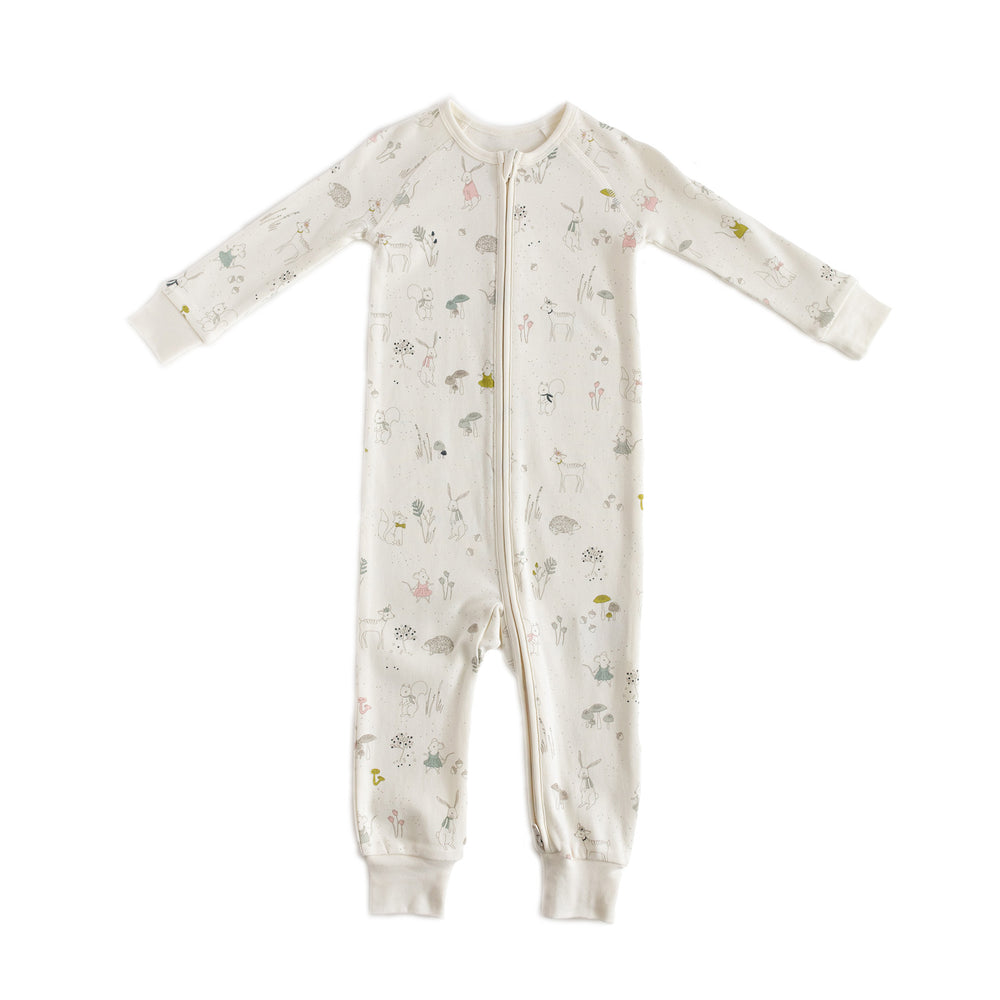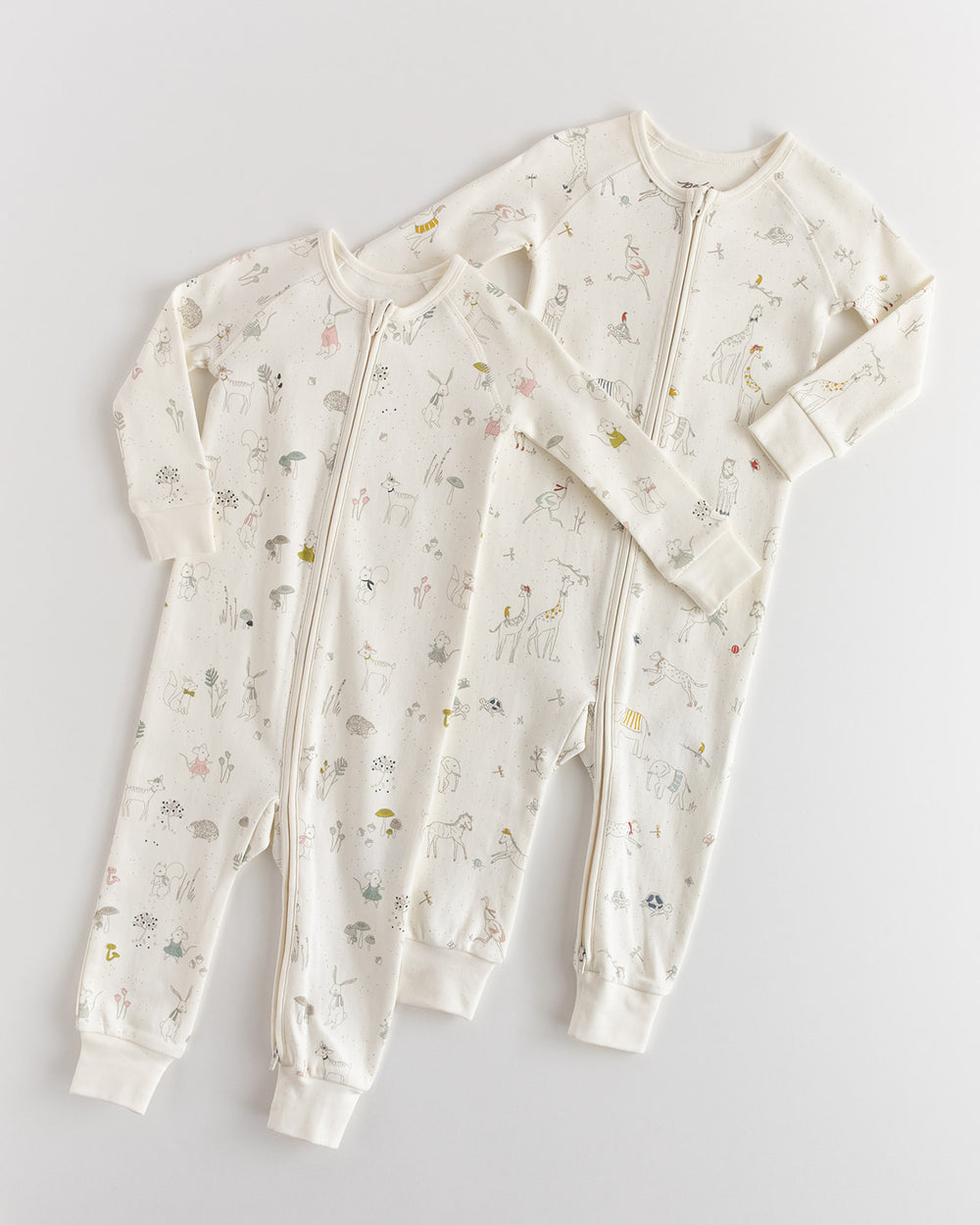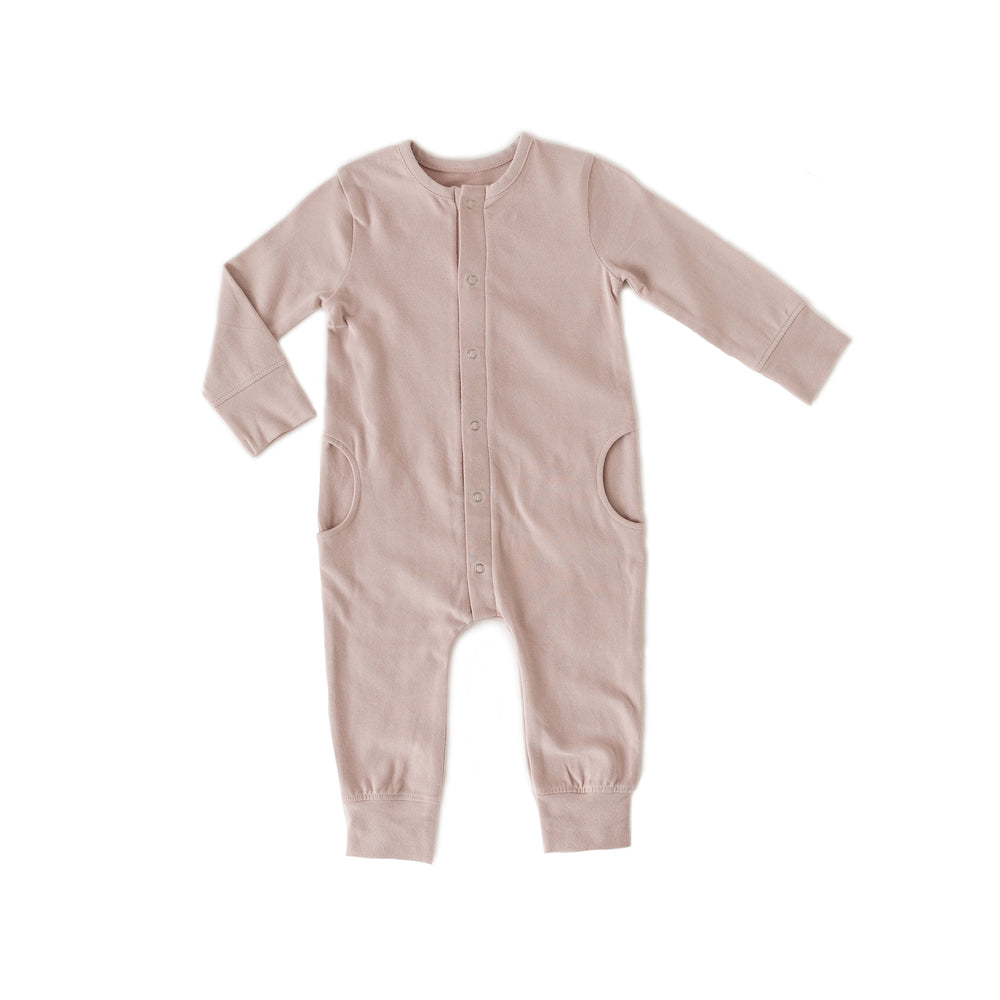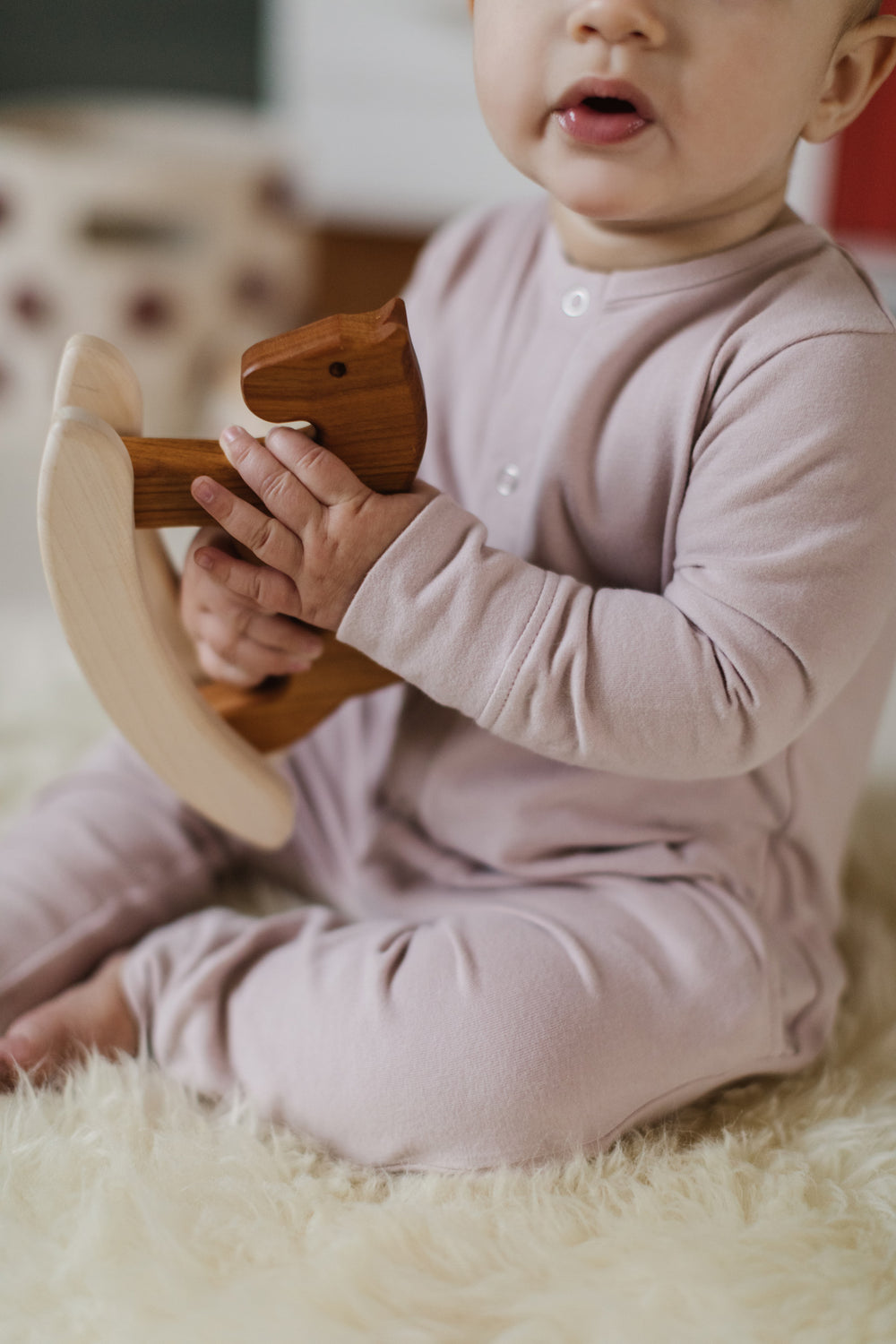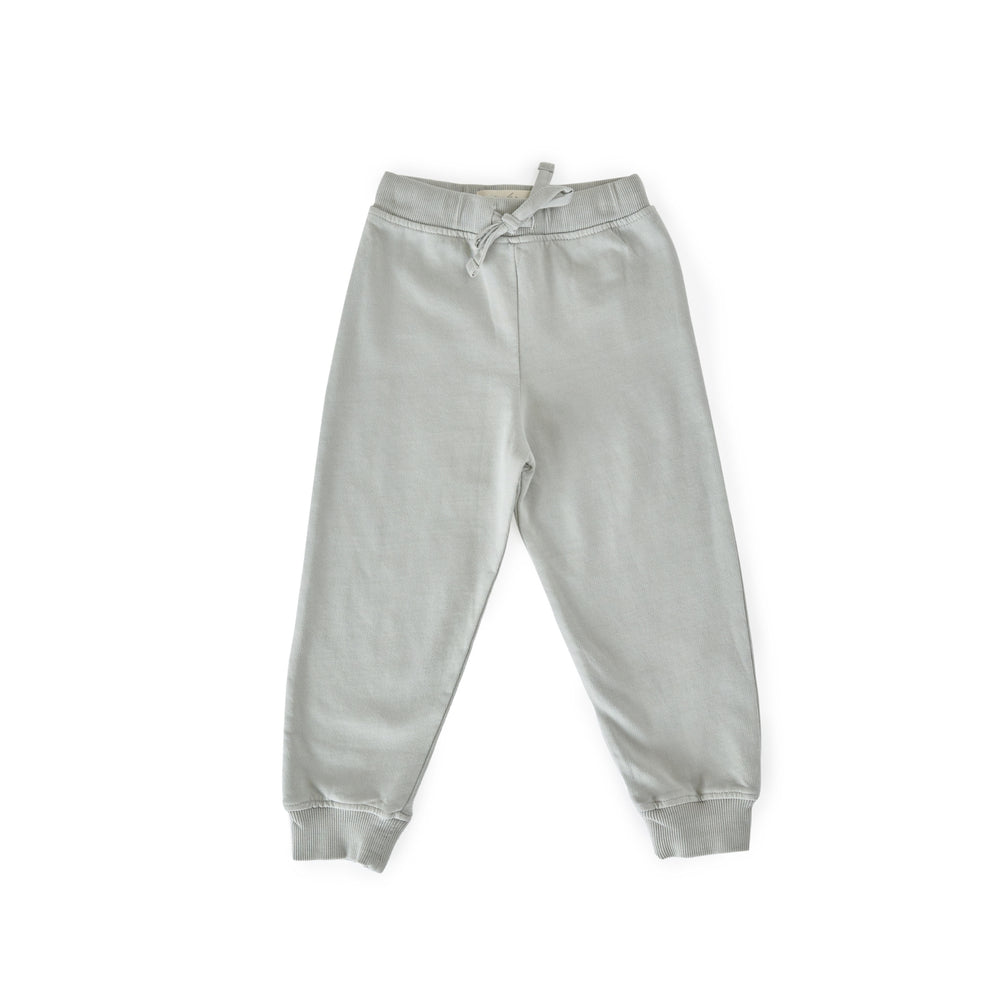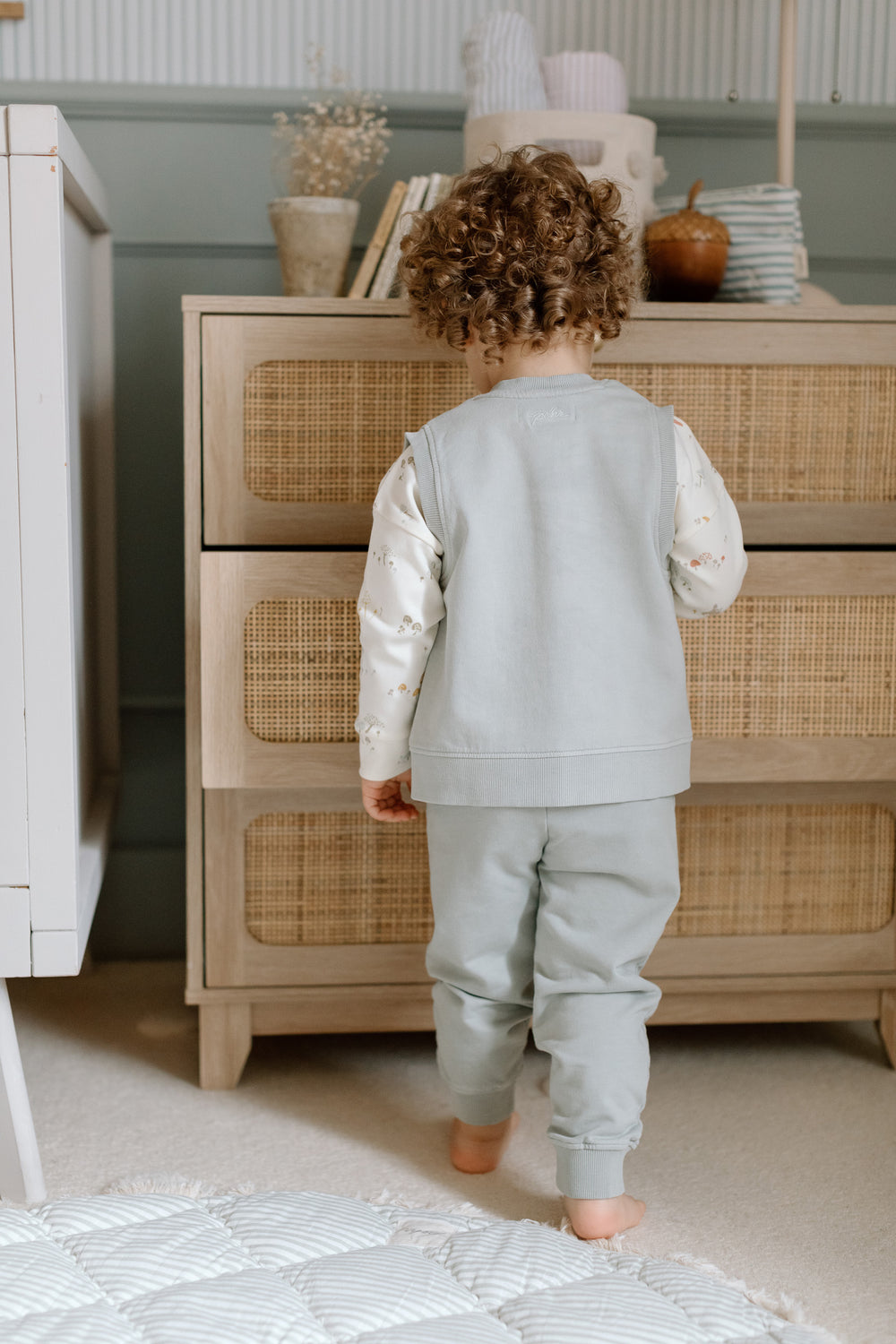First Steps: When Do Babies Start Walking?
From pulling themselves up to cruising around with support, the range of when little ones start walking is wide. It’s exciting to see them on the move - but you may be wondering when most transition away from crawling and when do babies start walking? Here’s how to support your baby’s first steps and encourage your little one to stand on their own two feet.

French Terry Ruffle Vest & Placket Romper
What are the stages of baby walking milestones?
Learning to walk is a skill that gradually develops. Some will go back and forth between crawling, cruising with assistance and walking independently while they master movement. Others may even skip crawling entirely in favor of walking. Read on for the stages of baby’s first steps and key developmental milestones that come first:
- Pulling up to stand. One of the first signs your little is ready to learn to walk is pulling themselves up to stand in their crib or holding onto the sofa for balance.
- Cruising. Now that your little one can pull themselves up, they may hold onto a piece of furniture for assistance while they take a few supported steps.
- Standing and walking. Your little one will practice trying to squat down and stand back up again - this may be when you see them take a step or two on their own (especially into your waiting arms!).
When do babies start walking?
Since all littles are on their own unique path, there is a range for when you’ll see your baby’s first steps. The expected range for achieving baby walking milestones is between 9 and 18 months. Whether your little one has a curious or cautious temperament can also determine the age you’ll see baby’s first steps. There are some who will walk sooner or later than that window, but always consult your healthcare provider if you have any concerns about your little one.
How can I help my baby learn to walk?
You don’t actually need to teach your little one how to walk, but there are a few things you can do to encourage them to reach baby walking milestones.
- Give them support and encouragement. Since it takes a lot of practice pulling up, standing with support and cruising along before baby’s first steps happen on their own, holding their hands while they develop their gross motor skills is a great way to assist. When they can stand on their own, hold out your hands and encourage them to take a few steps toward you or hold hands while you walk with them. Place toys on the sofa or use water tables and play kitchens to get them to practice how to pull up to standing.
- Tummy time. The best how to get babies to start walking tips begin with tummy time early in infancy. This is how littles build strength, balance and self-awareness of their bodies. Tummy time helps develop strong muscles in their core, arms and legs, which leads to sitting up, crawling, cruising and walking. Comfy, organic cotton rompers and clothing are perfect to encourage movement for baby’s first steps (a one-piece or footless sleeper takes them from the crib to cruising while their tiny feet learn to grip and balance).
- Push toys. Many little ones are drawn toward push toys (aka walking toys). Not only are they super fun, these toys (like shopping carts or play vacuums) help them learn to balance while they gain strength and coordination. Think of it like a small piece of furniture they can push around while they practice taking baby’s first steps. Creating a Montessori playroom helps give your little one freedom to explore at their own pace and see which toys they are naturally drawn to now that they’re on the move.
- Baby proofing your home. Once your little is mobile, the world is at their fingertips. You can prevent falls and injuries with baby gates, baby proofing drawers and protecting sharp corners on tables. It’s helpful to have a pack and play or a large playpen in the living room so you have a safe space to put them for a few minutes. Stay close by, show them how to crawl backwards down stairs before they walk down holding your hand and be on watch while they practice walking in a safe environment.
Takeaways
Learning to walk is a big milestone for your little one. You may notice sleep is spotty when your baby or toddler is learning to walk so always pay attention to wake windows by age. Once they’re ready to put one foot in front of the other, the world becomes an exciting place with lots to explore. We hope these tips help you prepare to walk in step with your little one as they transition to toddlerhood!
Frequently Asked Questions
It’s recommended that babies and toddlers go barefoot while learning to walk. You can put on non-slip socks or a flexible, soft soled shoe so they can develop muscle strength and feel the floor beneath them. Wearing shoes with hard soles makes it harder to learn to walk because it restricts natural foot movement and development.
Some babies take longer to start walking, especially if they were born premature. It’s a good idea to talk to your healthcare provider if your baby can’t stand with support by 12 months, can’t take steps on their own by 15 months, or can’t walk steadily by 2 years old.
Every child is different but it is usually a few weeks after they take their first steps. It can be a couple months before your baby takes more confident, steady steps. Some babies and toddlers quickly gain more balance and are walking independently within a week of their first steps.



